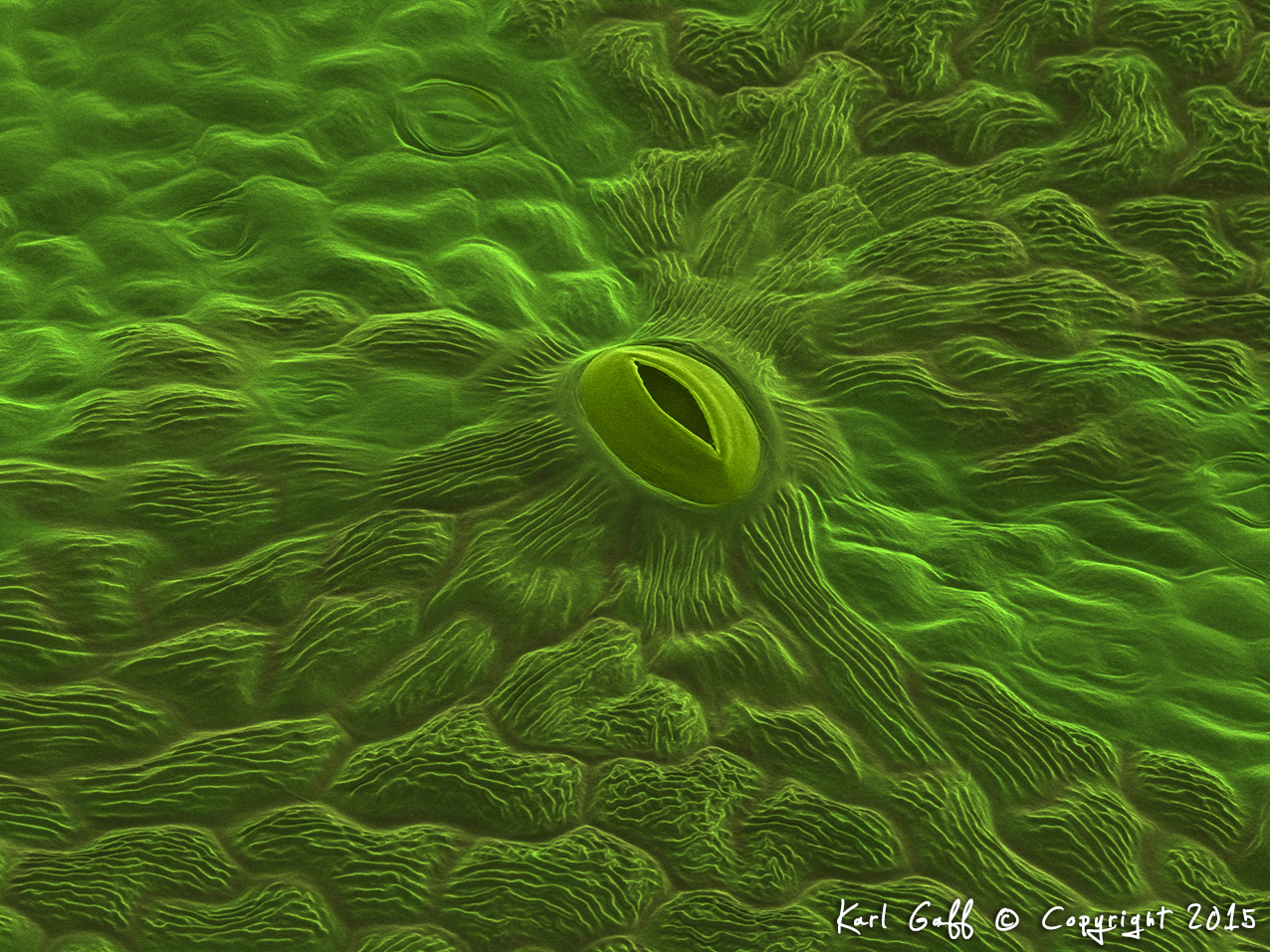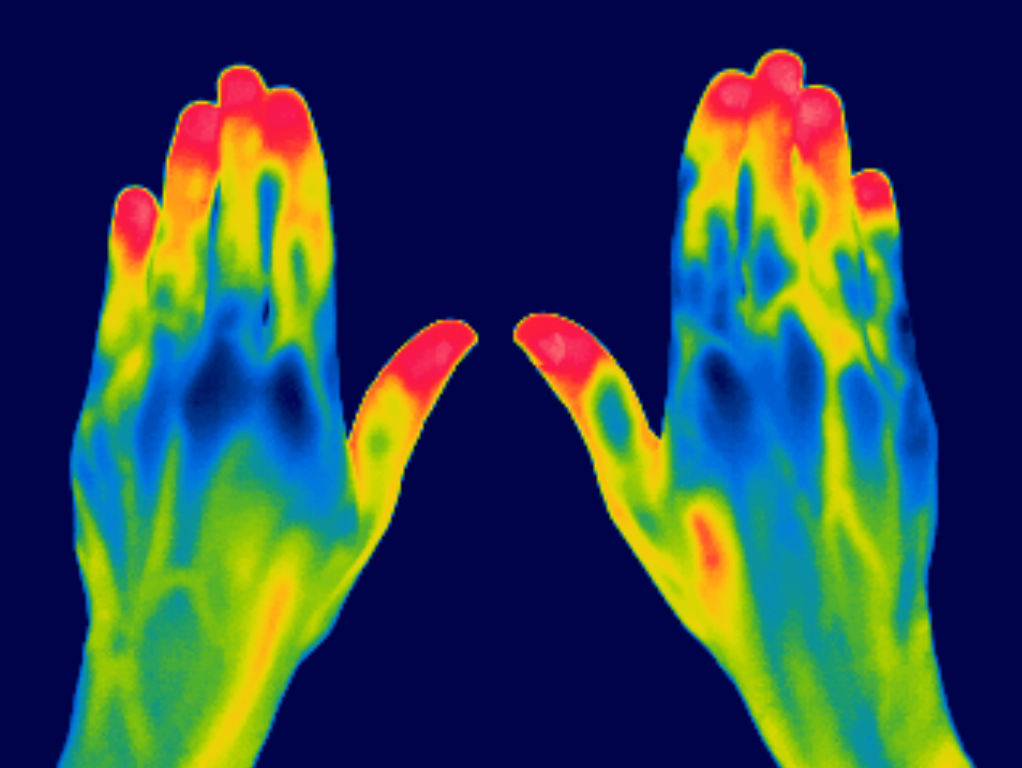You are standing at one end of a long road and myself and my friend are standing at the other end. You can see us, but we are amorphous little blobs because we are so far away. My friend and I link arms so that we are standing closely side-by-side. As we are standing so close together (or maybe even standing one in front of the other), from where you are standing you cannot tell if we are one person or two.
This is a challenge we have in microscopy. Cells/organelles/features of interest etc. can be incredibly small. If they are close together or over-lapping, this can make it difficult for us to tell if they are really one object or two.
Back on our long road, you are given a pair of binoculars. Your magnification is now increased, and you can see me and my friend more closely but it’s a bit blurry**. Increasing the magnification might be enough to now tell that we are two people standing close together. You think that you can make out the outline of two people. But we are wearing the same outfit, so we’re still blending into each other. You think it’s two people standing beside each other, but you need more detail.
Achieving this detail requires good resolution. To achieve good resolution, we must have magnification and sufficient numerical aperture (NA). In a microscope, the total NA value = NA of the objective + the NA of the condenser.
Come back to the road. You have a choice of two pairs of binoculars now. Both are the same magnification. One has small lenses and can only gather a small about of the ambient light (a low NA). The other has large lenses and can capture lots of light (a high NA). We all know the binoculars with the big lenses are going to give us a better image.
So, in a nutshell…. Resolution is the ability to tell two closely located or over-lapping objects apart. The ability of an imaging system (be it microscope or binoculars) to resolve an image depends on having the correct balance of magnification and total NA.
**Note: the blurring that you saw at high magnification is caused by Rayleigh Scattering, which we’ll discuss in the next article.



